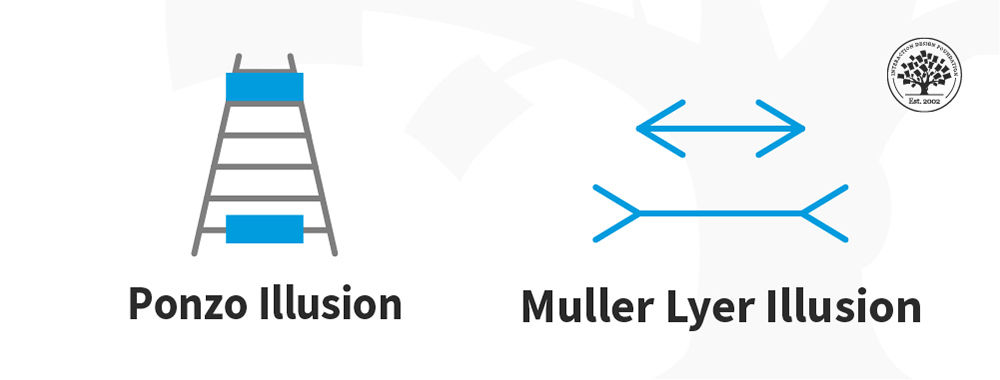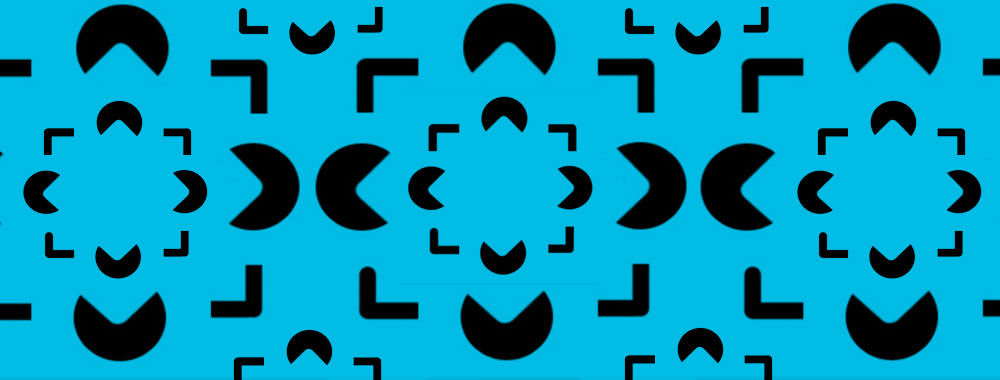Although the terms sensation and perception are often used interchangeably, they have quite specific meanings. Sensations are the raw data from our senses, while perception is how the brain interprets them. If we understand how perception works, and how it can sometimes fool us, we can make better design decisions.
This sounds pretty straightforward but often isn’t because of complicating factors in the real world, like interactions between our various sensory systems, haptic interfaces, and our past experiences. With the complexity of processing visual information added to the mix, it’s a wonder that any two observers of the same stimuli can ever agree on what they just experienced, illustrating the difference between recognition vs recall in perception.
In this video, Alan explores some situations in which perception isn’t all that it seems to be.
Show
Hide
video transcript
- Transcript loading…
Video copyright info
Copyright holder: Michael Murphy _ Appearance time: 07:19 - 07:37 _ Link: https://www.youtube.com/watch?v=C67JuZnBBDc






